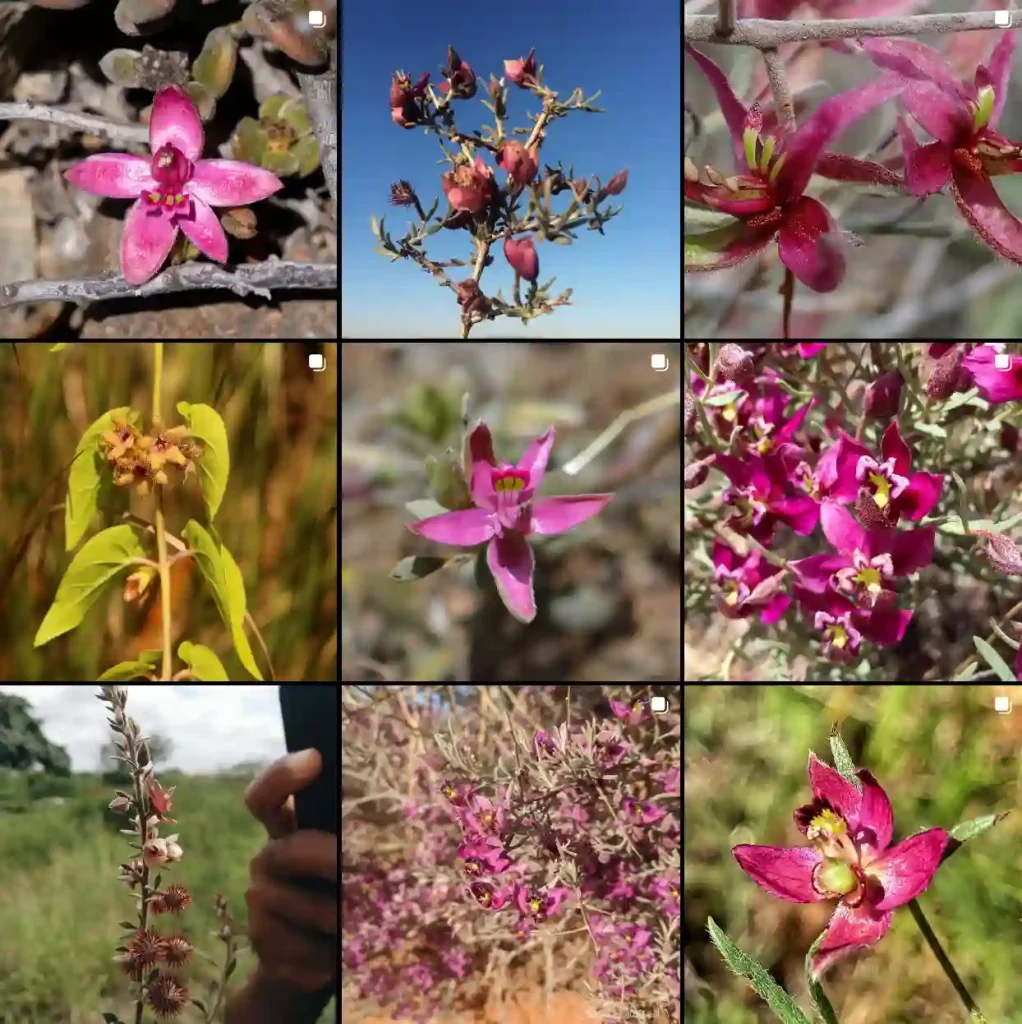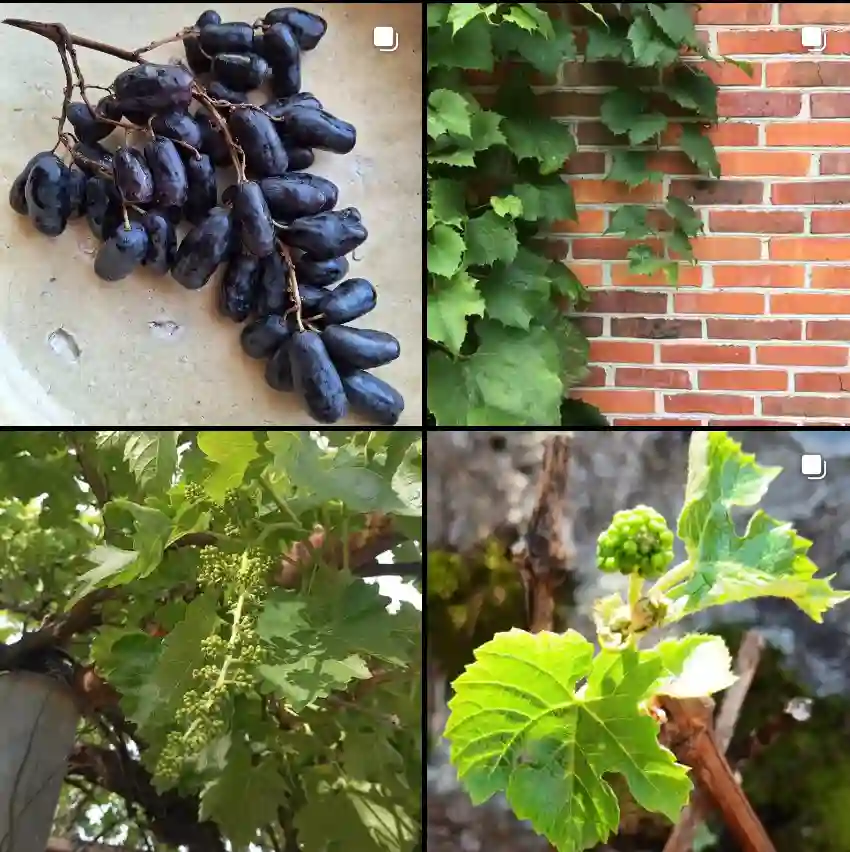Ferb Vu’s Fascination with the Colchicaceae Family
I’ve always been captivated by the diversity and intricacies of the botanical world. Among the countless plant families that pique my interest, the Colchicaceae, or the autumn crocus family, holds a special place. This captivating group of flowering plants exhibits a unique blend of beauty, toxicity, and medicinal potential.
Colchicaceae: An Overview
The Colchicaceae family comprises approximately 285 species across 15 genera. They are primarily herbaceous perennials characterized by their underground storage organs, such as corms or rhizomes. These plants are predominantly native to temperate and tropical regions of the world, with a particular concentration in Africa, Eurasia, and Australia.
The Allure of Colchicaceae Flowers
One of the most striking features of Colchicaceae plants is their exquisite flowers. These blooms come in a variety of shapes, sizes, and colors, often displaying intricate patterns and textures. Many species boast showy, star-shaped flowers with six tepals, while others exhibit more subtle, bell-shaped blooms. The vibrant colors and unique forms of Colchicaceae flowers make them a delight to behold.
Genera of the Colchicaceae Family
The Colchicaceae family encompasses a diverse range of genera, each with its own distinct characteristics and charm.
- Colchicum: This genus, commonly known as autumn crocus, is renowned for its stunning, crocus-like flowers that emerge in the fall. – 163 Species in Genus Colchicum
- Gloriosa: This genus, also known as glory lily, features climbing vines with spectacular, flame-like flowers. – 11 Species in Genus Gloriosa
- Wurmbea: This genus encompasses a diverse range of species with delicate, star-shaped flowers.
- Baeometra: The genus Baeometra comprises a single species, Baeometra uniflora, a small bulbous plant native to South Africa with star-shaped white flowers.
- Burchardia: Plants in the genus Burchardia are commonly known as milkmaids, and they are native to Australia, showcasing delicate white or pink flowers with six petals.
- Camptorrhiza: The genus Camptorrhiza consists of a single species, Camptorrhiza strumosa, a rare and endangered orchid found in the Himalayas with unique twisted roots.
- Disporum: Disporum is a genus of flowering plants in the Colchicaceae family, often referred to as fairy bells or drops-of-gold, with drooping, bell-shaped flowers.
- Hexacyrtis: Hexacyrtis is a genus of radiolarians, single-celled marine organisms with intricate silica skeletons featuring six prominent radial spines.
- Iphigenia: The genus Iphigenia comprises small bulbous plants in the Colchicaceae family, bearing solitary, star-shaped flowers ranging from pink to purple.
- Kuntheria: Kuntheria is a genus of plants in the Colchicaceae family, native to South America, with distinctive, often fragrant, yellow flowers.
- Ornithoglossum: The genus Ornithoglossum contains plants commonly known as bird’s tongues, recognized for their unusual flowers resembling bird’s heads with long, beak-like structures.
- Sandersonia: Sandersonia is a monotypic genus containing only one species, Sandersonia aurantiaca, the Christmas bells, a climber with lantern-like orange flowers. – Sandersonia Aurantiaca in Genus Sandersonia
- Schelhammera: The genus Schelhammera features herbaceous plants in the Colchicaceae family, native to Australia and New Zealand, with small, star-shaped flowers.
- Tripladenia: Tripladenia is a genus of plants in the Colchicaceae family, found in South America, characterized by their three-lobed capsules and small, white or pink flowers.
- Uvularia: The genus Uvularia comprises plants commonly called merrybells or bellworts, showcasing drooping, bell-shaped flowers with twisted tepals.
A Word of Caution: Toxicity
While the Colchicaceae family showcases undeniable beauty, it’s crucial to remember that many of these plants contain toxic compounds. Colchicine, a potent alkaloid found in various Colchicaceae species, can be extremely harmful if ingested. It’s essential to handle these plants with care and avoid consuming any part of them.
Medicinal Potential
Despite their toxicity, Colchicaceae plants have long been utilized in traditional medicine for various ailments. Colchicine, in controlled doses, has been used to treat gout and other inflammatory conditions. Other compounds found in these plants have shown potential in treating cancer and other diseases. However, it’s crucial to consult a healthcare professional before using any Colchicaceae plant for medicinal purposes.
Conservation Concerns
Unfortunately, several Colchicaceae species are facing threats due to habitat loss, over-collection, and climate change. It’s essential to support conservation efforts aimed at protecting these fascinating and valuable plants.
The Enduring Allure
The Colchicaceae family continues to fascinate and intrigue botanists, horticulturists, and plant enthusiasts alike. Their unique blend of beauty, toxicity, and medicinal potential makes them a subject of endless exploration and admiration. As I continue my journey through the botanical world, the Colchicaceae family will undoubtedly remain a source of wonder and inspiration.
If i die, water my plants!



